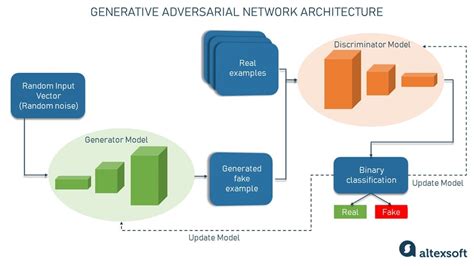Generative Algorithms and Their Impact on Non-Fungible Token (NFT) Design
The world of digital art has undergone a significant transformation in recent years, thanks to the rise of blockchain technology and the emergence of non-fungible tokens (NFTs). One of the key factors driving this growth is the use of generative algorithms in NFT design. In this article, we will explore the concept of generative algorithms, their impact on NFT design, and how they are changing the way artists and collectors interact with digital art.
What are generative algorithms?
Generative algorithms are a type of machine learning algorithm that can generate new, unique digital data, such as images, audio files, or videos. These algorithms use complex mathematical equations to produce random results, often in response to specific inputs or stimuli. In the context of NFT design, generative algorithms allow artists to create unique digital assets with a level of uniqueness and diversity that is difficult to replicate using traditional methods.
Impact on NFT design
The use of generative algorithms in NFT design has revolutionized the way artists and collectors interact with digital art. Here are a few ways these algorithms have influenced NFT design:
- Increased Variety: Generative algorithms allow artists to create a vast array of unique digital materials, each with its own distinct characteristics and patterns.
- A new form of art: By generating new, original works, generative algorithms have opened up a new realm of artistic expression in the digital domain.
- Evolving Dynamic Assets: These algorithms allow the creation of dynamic evolving assets that can change and adapt over time, adding an extra layer of interactivity to NFTs.
Applications of Generative Algorithms in NFT Design
Generative algorithms have a wide range of applications in NFT design, including:
- Image Generation: Artists use generative algorithms to create original images, often with complex textures and patterns.
- Audio Composition: Music producers use these algorithms to generate unique soundscapes and melodies.
- Video Art

: Generative algorithms are used to create immersive video experiences that can be interactive and dynamic.
Challenges and Limitations
While generative algorithms have brought tremendous innovation to NFT design, there are also challenges and limitations that need to be considered:
- Data Quality: The quality of the data fed into these algorithms can significantly impact the final result, with low-quality inputs leading to undesired results.
- Adaptability: Generative algorithms can be difficult to adapt to new inputs or stimuli, resulting in repetitive or predictable results.
- Copyright and Ownership: Copyright and ownership issues arise when artists use generative algorithms to create NFTs, as the source code and underlying data may not be easily verifiable.
Conclusion
Generative algorithms have had a profound impact on NFT design, offering new possibilities for artistic expression and interaction with digital art. As these technologies continue to evolve, we can expect to see even more innovative applications of generative algorithms in the world of NFTs. Whether you are an artist, collector, or simply a digital art enthusiast, it is essential to understand the impact of generative algorithms on this rapidly growing field.
Recommendations
- Explore different generative algorithms: Try out different algorithms and techniques to gain a deeper understanding of their capabilities and limitations.
- Stay up to date with industry news: Follow leading developers, researchers, and collectors in the NFT space to stay informed about the latest developments and trends.
3.
